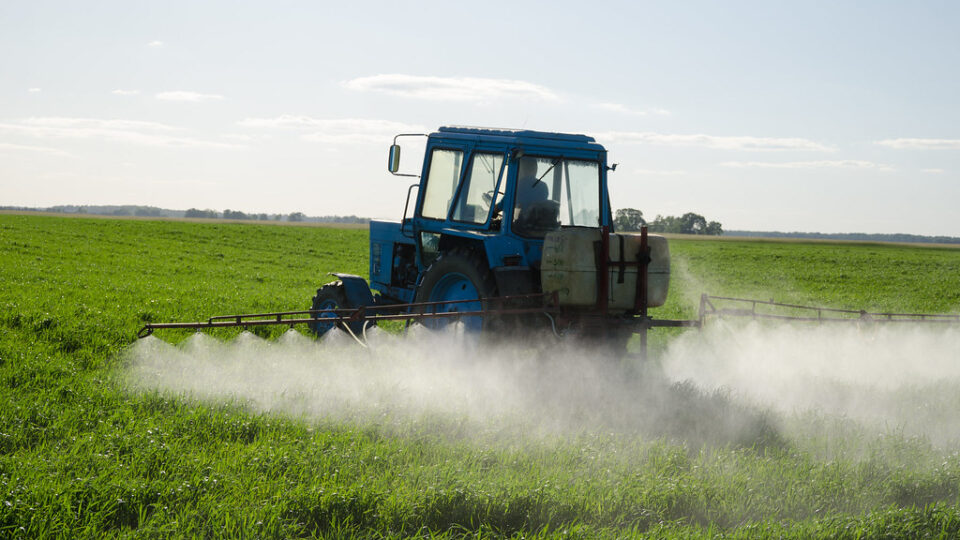We often hear about the importance of native plants in the environment and how invasive species can wreak havoc with ecosystems. But it turns out that human activities can change the characteristics of native species and create unexpected new problems.
Common waterhemp is plant native to North America that typically grows near lakes and streams. It never used to be any kind of problem, but in recent times it has become nearly impossible to eradicate from farms as a result of genetic adaptations triggered by modern agriculture.
A study led by researchers at the University of British Columbia looked at waterhemp samples from modern farms and neighboring wetlands and compared them with historical samples dating back as far as 1820 stored in various museums.
In recent times, mutations in genes related to drought tolerance, rapid growth, and resistance to herbicides have resulted in waterhemp that has become a pervasive weed on farms. These genetic shifts, scarcely ever seen in historical samples, have made the plant thrive among human agricultural activities and enable it to outcompete crops.
Genetic analysis of the plants showed that herbicide-resistant mutations that were mostly absent from historical samples stand out as factors that allow waterhemp to prosper in agricultural settings. There are some plants in natural habitats that have herbicide-resistant mutations, but in many cases, these mutations are actually harmful to the plants in the wild.
Understanding how plant adaptations occur on relatively short timescales is increasingly important as farming and climate change continue to drive rapid plant evolution.
**********
Web Links
How intensive agriculture turned a wild plant into a pervasive weed
Photo, posted February 16, 2016, courtesy of Aqua Mechanical via Flickr.
Earth Wise is a production of WAMC Northeast Public Radio
